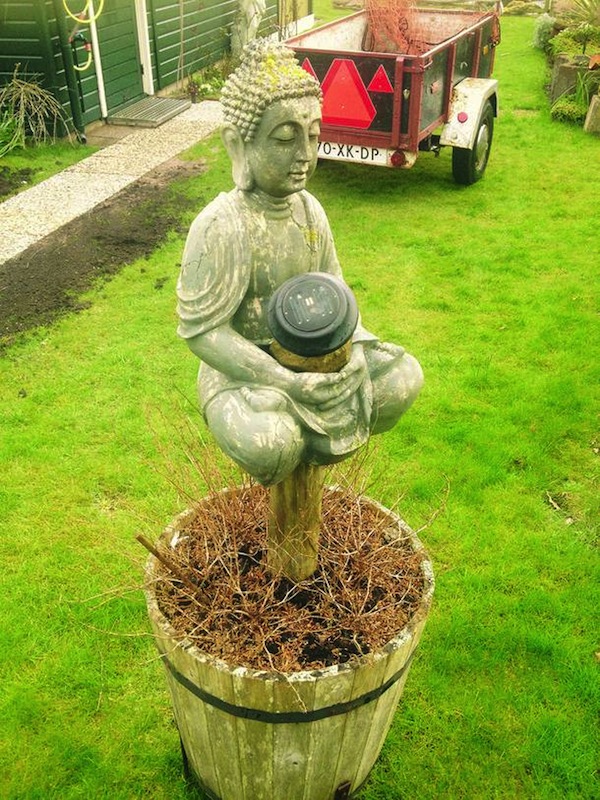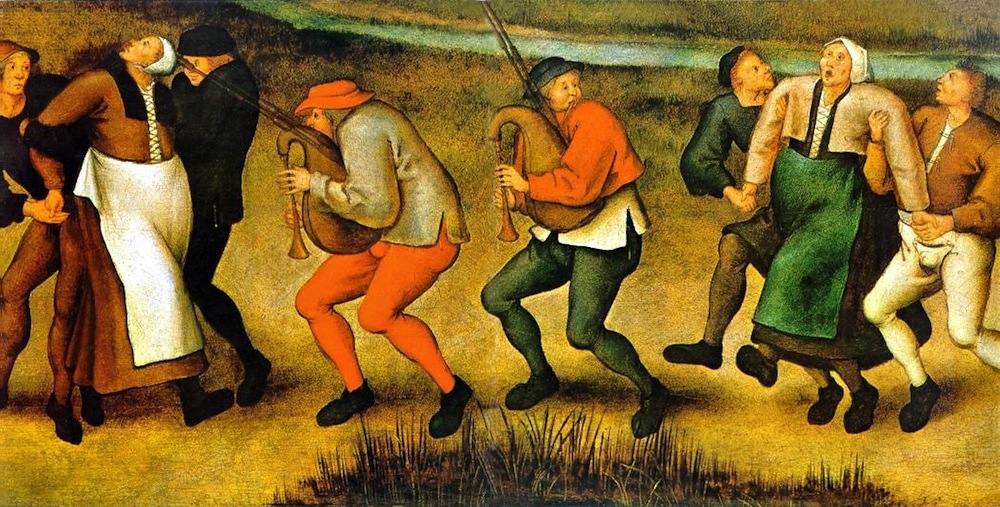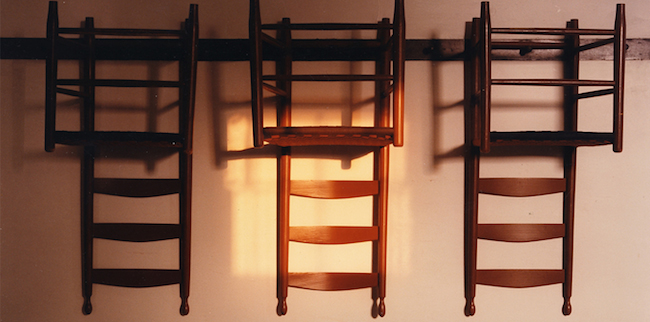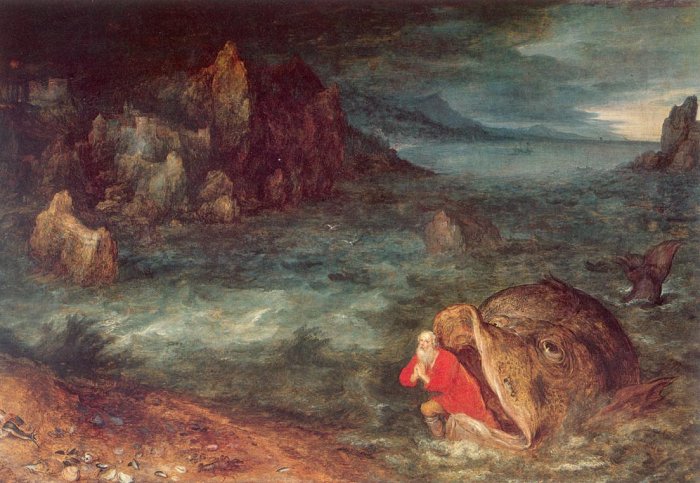
Unknown.
Tradition prescribes that an image of Buddha cannot be bought, only gifted.

‘Pilgrimage of the Epileptics to the Church at Molenbeek’, by Pieter Breughel the Younger.
Dancing mania (also known as dancing plague, choreomania, St John’s Dance and, historically, St. Vitus’ Dance) was a social phenomenon that occurred primarily in mainland Europe between the 14th and 17th centuries. It involved groups of people dancing erratically, sometimes thousands at a time. The mania affected men, women, and children, who danced until they collapsed from exhaustion.
The outbreaks of dancing mania varied, and several characteristics of it have been recorded. Generally occurring in times of hardship, up to tens of thousands of people would appear to dance for hours, days, weeks, and even months.
Bartholomew notes that some “paraded around naked” and made “obscene gestures”. Some even had sexual intercourse. Others acted like animals, and jumped, hopped and leaped about. They hardly stopped, and some danced until they broke their ribs and subsequently died. Throughout, dancers screamed, laughed, or cried, and some sang. Bartholomew also notes that observers of dancing mania were sometimes treated violently if they refused to join in. Participants demonstrated odd reactions to the colour red; in A History of Madness in Sixteenth-Century Germany, Midelfort notes they “could not perceive the color red at all”, and Bartholomew reports “it was said that dancers could not stand… the color red, often becoming violent on seeing [it]”. Bartholomew also notes that dancers “could not stand pointed shoes”, and that dancers enjoyed their feet being hit.
More here.
‘Statues also die’ (1953) by Alain Resnais, Chris Marker & Ghislain Cloquet.

‘The Shakers: Hands to Work, Hearts to God’, a film by Ken Burns and Amy Stechler Burns.
They called themselves the United Society of Believers in Christ’s Second Appearing, but because of their ecstatic dancing, the world called them “Shakers.”

Jan Brueghel the Elder, ‘De walvis zet Jona aan land’ (The whale sets Jonah on shore) (ca. 1600)
E.J. Pace
‘The descent of the Modernists’ (1922) by E.J. Pace.
A Fundamentalist Christian cartoon portraying Modernism as the descent from Christianity to atheism, first published in 1922 and then used in the book ‘Seven Questions in Dispute’ by William Jennings Bryan.